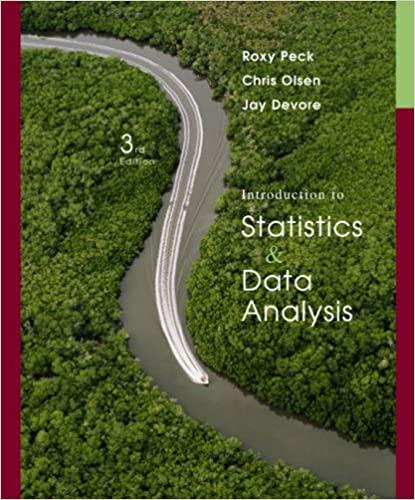Question
2 Dimensional Motion - Kinematics and Projectiles Activity 2 Introduction In this activity, we shall learn the Projectile Motion using a simulation from PhET Interactive
2 Dimensional Motion - Kinematics and Projectiles Activity 2
Introduction
In this activity, we shall learn the Projectile Motion using a simulation from PhET Interactive Simulations. Projectile Motion
Key concepts
1. Projectile motion 2. Drag
Projectile Motion 1. Everyday Physics in your life: Take two pieces of paper. Crumple one piece of paper into a ball and toss it into the bin across the room. Then, you try to toss the other paper without crumpling/rolling it up. What causes whether or not your papers land in the bin?
2. Use Intro screen in the simulation to test your ideas about the things that affect the landing location of a projectile.
3. Make a complete list of things that affect the landing site of a projectile including your ideas from #1 (Everyday Physics in your life) and any discoveries you made using the simulation.
4. Why do you think the landing site/location changes?
5. What do you infer/understand from the phrase "flight path of a projectile"? Sketch the flight path of your paper ball and describe the shape. Use the simulation to investigate how the items you listed in #2 affect the shape of the flight path. Briefly write down your discoveries including explanations for the different flight paths. NSET 110: Introduction to Physical and Space
6. Describe in your own words why simulation is a good method for studying projectiles. Include the error sources the simulation eliminates (or minimizes) and what representations the simulation provides that are helpful.
7. Now, go to the Lab part of the simulation. Change the projectile to a car.
8. Consider two situations, (keep the mass, speed= 18 m/s, diameter= 2 m, and height= 0 m the same )
(a) = 70
(b) = 45
which car will go higher without air resistance and the same gravity? Prediction and explanation with support.
9. Now, let us work with two different objects. Set the same initial conditions for both objects, that is, speed= 30 m/s, angle= 70 , and height= 0 m.
(a) Car: mass= 1000 kg and diameter= 3.0 m
(b) Tank shell: mass= 150 kg and diameter= 0.1 m.
which object will go farther without air resistance and the same gravity? Prediction and explanation with support.
10. While projectile motion functions well under the circumstances for which it was designed, objects in the environment are not all bowling balls and cannon balls, thus many measurements of time an object remains in the air and the distance traveled will deviate from the predictions of projectile motion. This deviation is largely due to air resistance, or drag.
11. Any object moving through the air must force the air in front of the object to move out of the way. Thus, the motion of the object in the air is greatly affected by the surrounding air pressure, the geometry and orientation of the object, and the velocity of the object.
12. Let us work with the setup in step #9, but with the air resistance turned on (check the air resistance box). which object will go farther with the same gravity? Prediction and explanation with support.
13. Again, with air resistance turned on for the setup in #9, which object will go higher with the same gravity? Prediction and explanation with support.
14. Choose two identical objects, for instance, two tank shells with the same mass, gravity, and initial condition, but with different diameters, with air resistance turned on, which will go farther? Prediction and explanation with support.
Step by Step Solution
There are 3 Steps involved in it
Step: 1

Get Instant Access to Expert-Tailored Solutions
See step-by-step solutions with expert insights and AI powered tools for academic success
Step: 2

Step: 3

Ace Your Homework with AI
Get the answers you need in no time with our AI-driven, step-by-step assistance
Get Started


